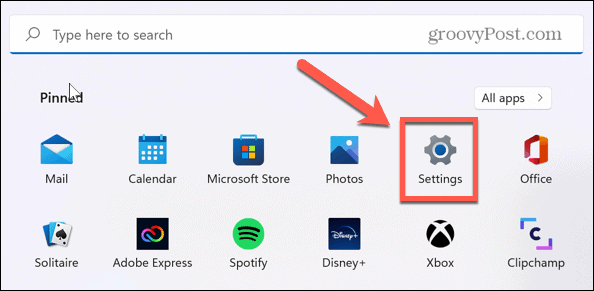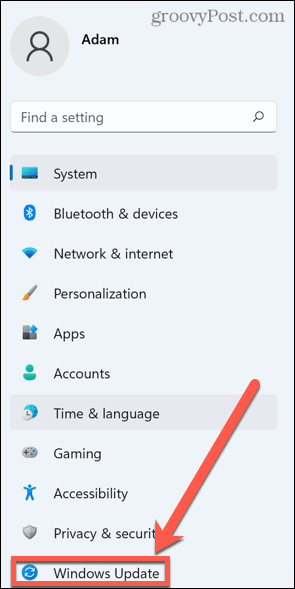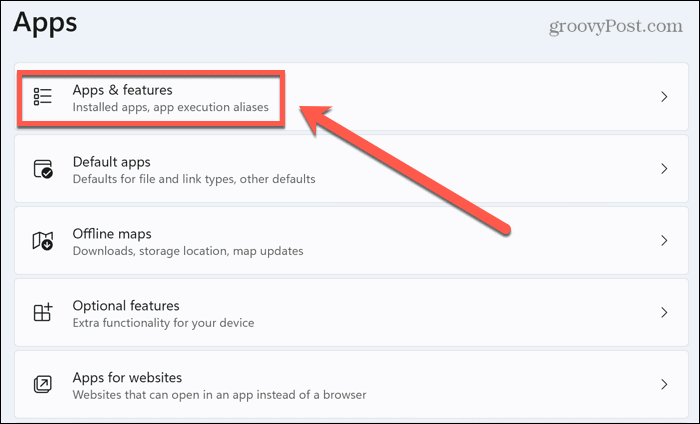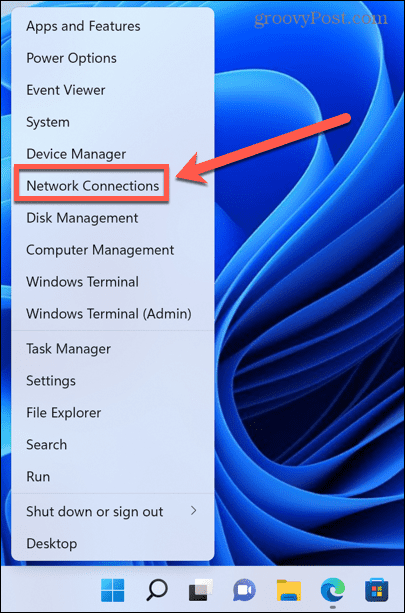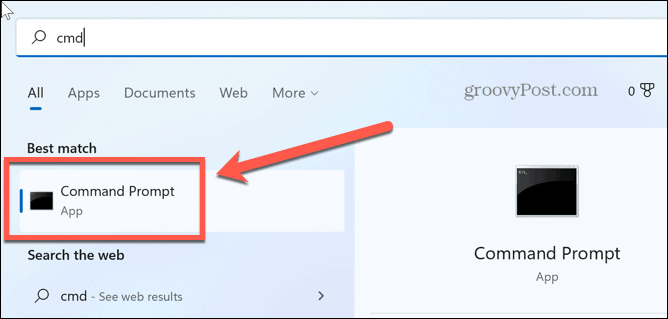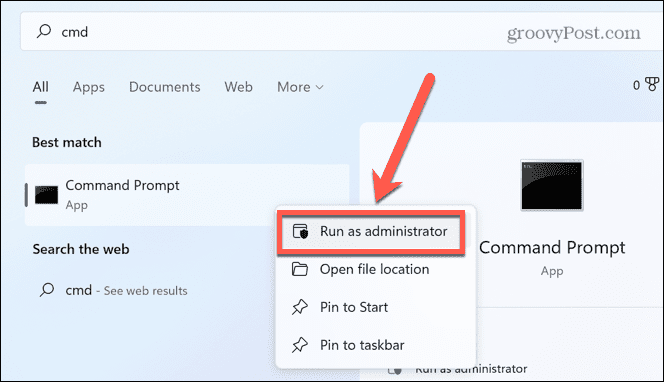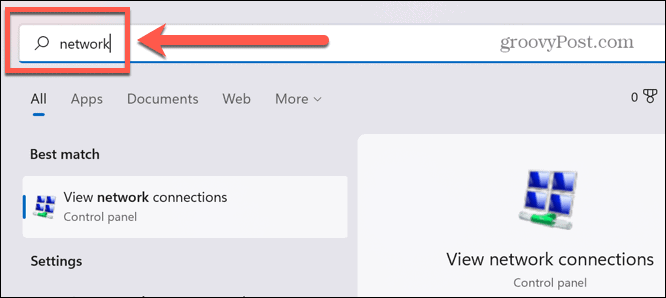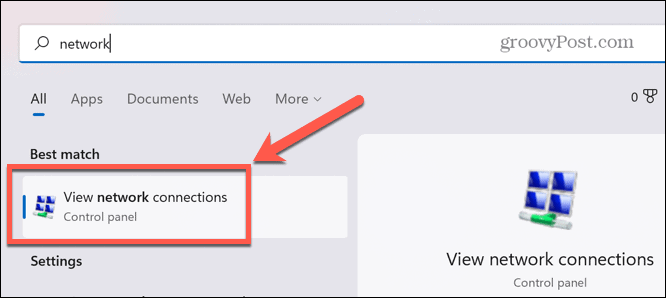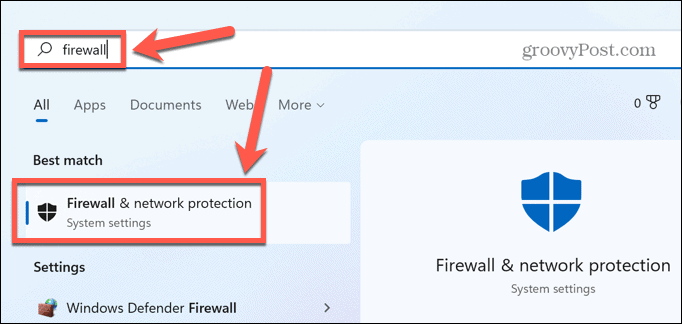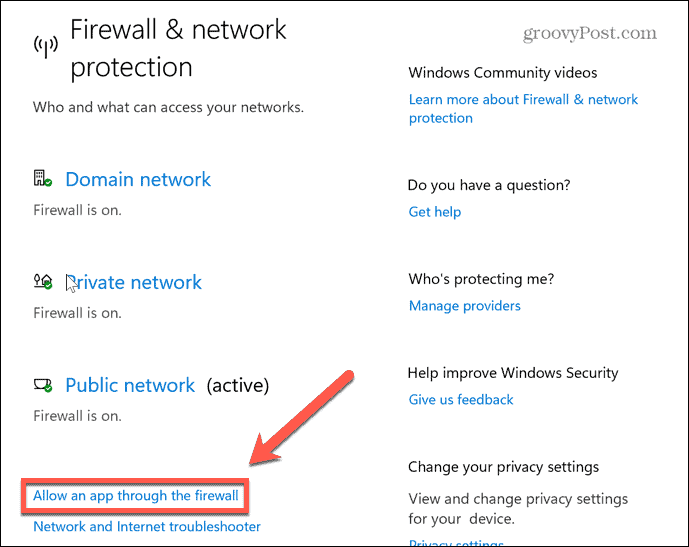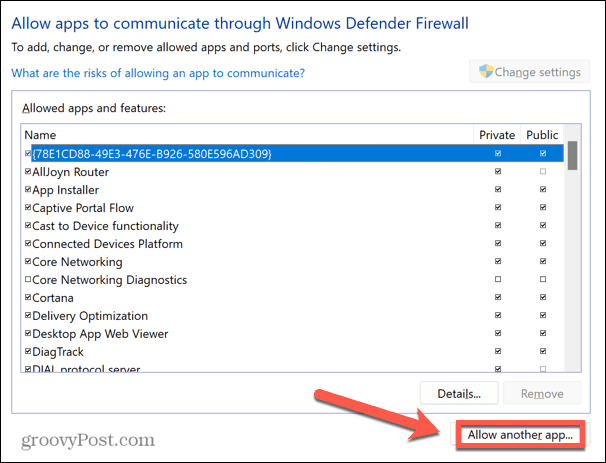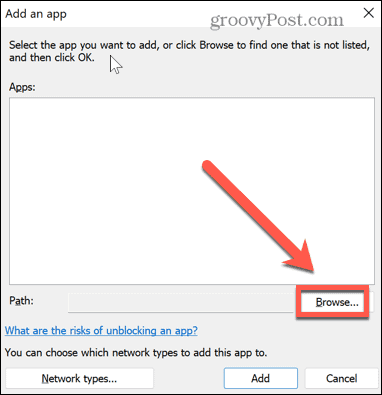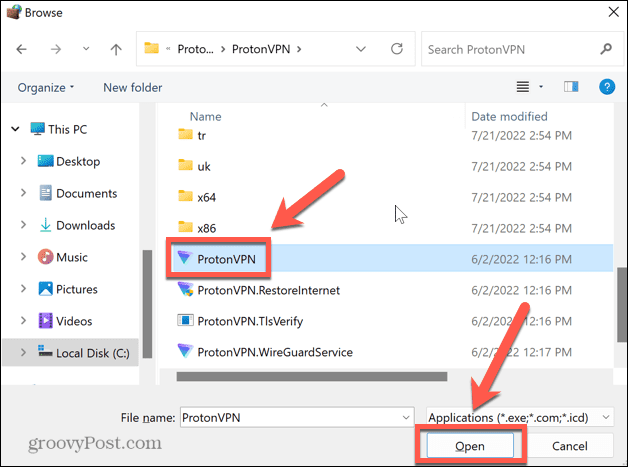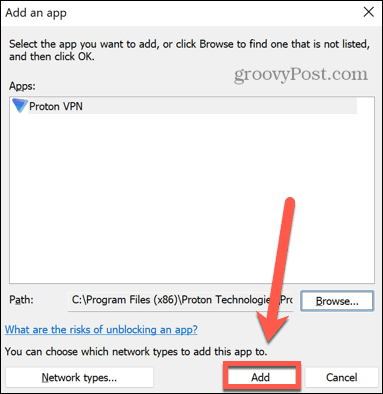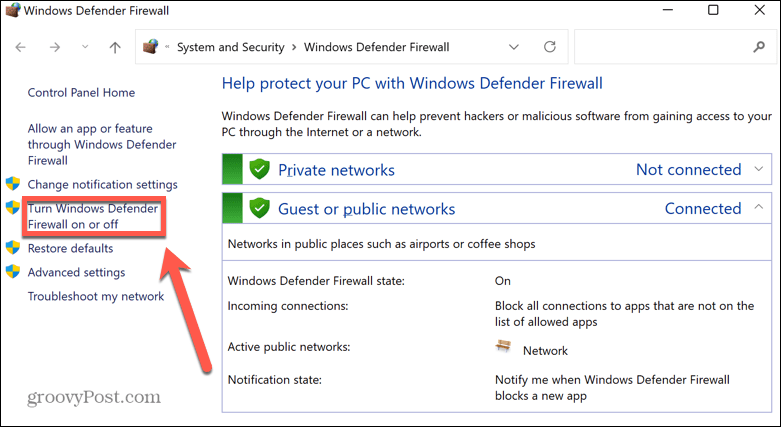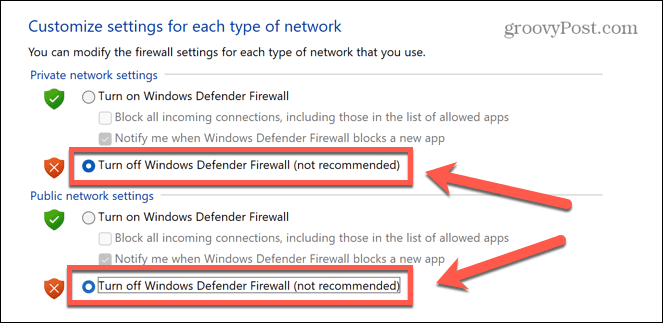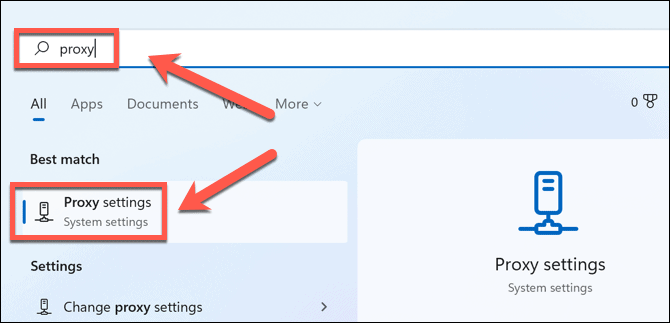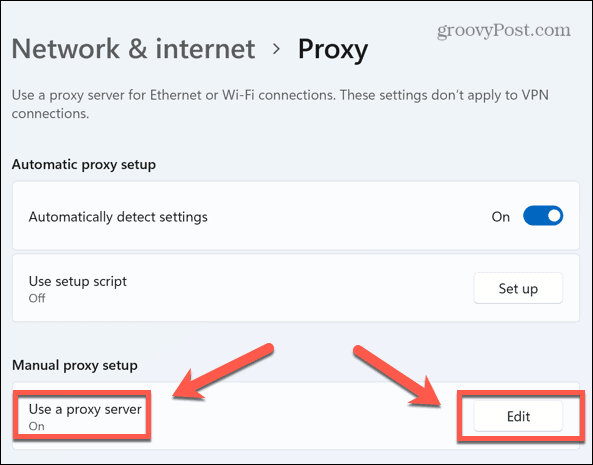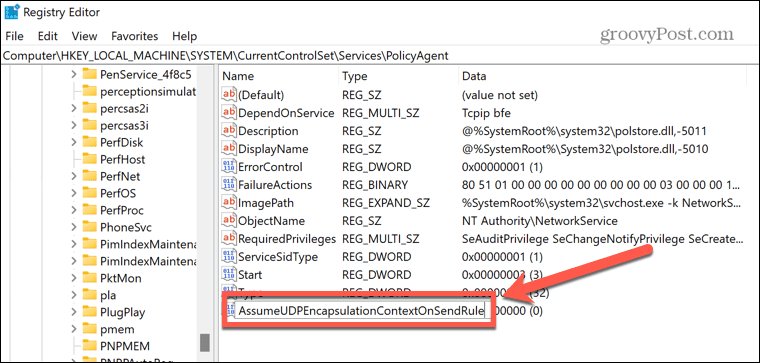If you use a VPN, you won’t want to go back. That’s why it can be frustrating when your Windows 11 VPN stops working. Windows updates and other issues can cause problems that interfere with your VPN and stop it from working. The good news is that there are some workarounds that can help. Here are some fixes to try if you’re having trouble with your Windows 11 VPN not working.
1. Update Windows
One of the regular updates to Windows 11 that was released in January 2022 caused a number of problems with VPN connections. A patch followed that fixed those issues. If you’re having problems with your Windows 11 VPN not working, updating Windows may help. To manually update Windows 11:
2. Reinstall Your VPN
Another reason that your Windows 11 VPN isn’t working may be due to some of the VPN files being corrupted or accidentally deleted. To fix this problem, try uninstalling and then reinstalling the VPN provider, which should restore all the files necessary for your VPN. To uninstall your Windows 11 VPN:
3. Reinstall WAN Miniport Drivers
WAN Miniport drivers are software drivers that are used for making network connections. Some of these drivers are used when making connections to VPN servers. If there’s an issue with these drivers, then it may be the cause of your Windows 11 VPN problems. Reinstalling these drivers may fix your VPN troubles. To reinstall your WAN Miniport drivers:
4. Flush Your DNS Cache
DNS stands for Domain Name System and is like the phone book of the internet. When you type a web address into your browser, DNS translates that web address into an IP address that your browser can load. The first time you visit a site, your computer will use a DNS server to do the translation, but it will then keep a local record of that address for the next time you visit that site. Flushing this DNS cache can remove any out-of-date or corrupt DNS settings and may fix your VPN problems. To flush DNS in Windows 11:
5. Disable IPv6
IPv6 is the latest generation of Internet Protocol (IP) address standards. IP addresses provide a unique address for every device connected to the internet. IPv6 is an updated version of the commonly used IPv4 protocol that can handle 128-bit IP addresses. While IPv6 offers a number of benefits over IPv4, it can also cause some issues. Disabling IPv6 can help to fix your problems with your Windows 11 VPN not working. To disable IPv6 in Windows 11:
6. Change Your Windows Firewall Settings
Windows Firewall is intended to protect your computer from unauthorized network traffic, reducing the risk of problems from viruses, spyware, and other malicious software. Sometimes, however, your firewall may block your VPN from connecting successfully. You may want to configure the firewall to add your VPN to the authorized list of apps that are allowed to connect through it. To allow your VPN in Windows Firewall:
7. Disable Windows Firewall
If the above steps don’t work, you can try disabling the Windows Firewall completely. We wouldn’t recommend leaving your firewall switched off for long periods of time. Windows Firewall protects your PC and local network from malware attacks and hacking attempts. However, as a troubleshooting measure, temporarily disabling the firewall is a good way to test whether or not it’s causing VPN issues on Windows 11. To disable Windows Firewall on Windows 11:
8. Disable Proxy Server Settings
A proxy server is a gateway between you and the internet. It can help to protect you from cyber attackers, but it could also cause problems with your VPN. Some VPN providers come with proxy server functionality. If you have a proxy server enabled, disabling it may solve your Windows 11 VPN troubles. To disable a proxy server in Windows 11:
9. Configure UDP Encapsulation
This last fix involves making changes to the Windows Registry. Making changes to the Registry without care can cause serious issues if you change the wrong thing. You should only try it if none of the other fixes have worked. The reason for making this change is quite technical—your computer may not be able to make an L2TP/IPSec connection to the VPN server. Reconfiguring UDP encapsulation in the Registry can overcome this problem. To reconfigure UDP encapsulation in Windows 11:
A VPN Can Keep You Protected
If you’re having issues with your Windows 11 VPN not working, one of the fixes above should help to resolve the issue. You may find that the VPN provider itself is the problem. If that’s the case, you may want to switch to a provider like NordVPN or Private Internet Access instead. Having a working VPN is important to keep you and your data safe online. VPNs aren’t just good for laptops and desktops—you can set up a VPN on iPhone or iPad or other mobile devices. If you’ve got a lot of connected devices in your home, you can consider using a VPN on your router to protect all of your devices at once. Comment Name * Email *
Δ Save my name and email and send me emails as new comments are made to this post.
![]()


